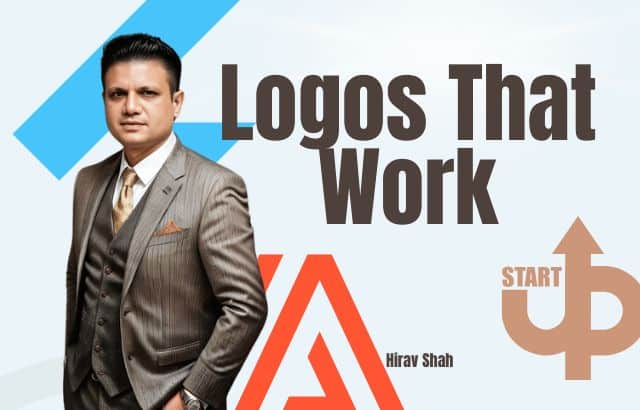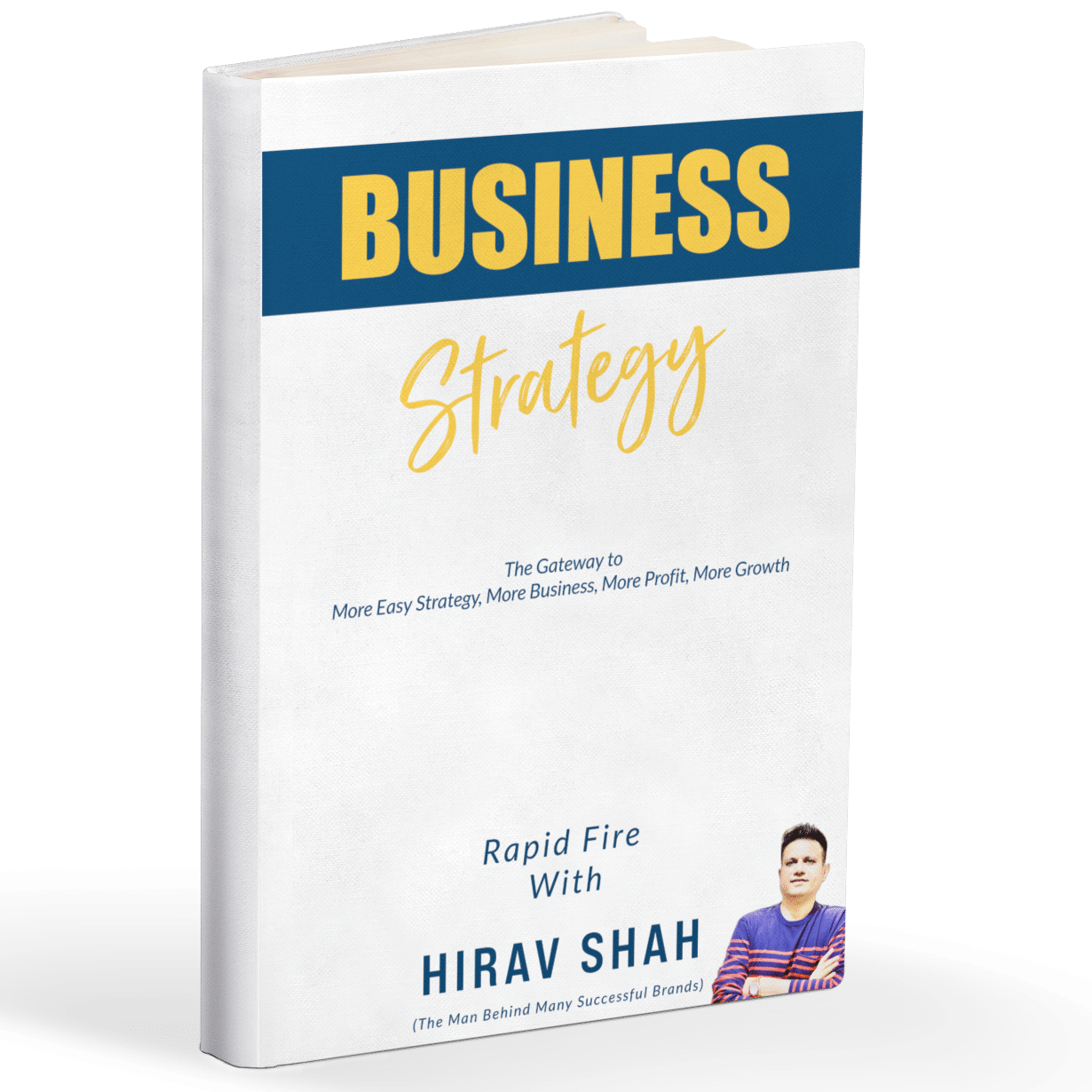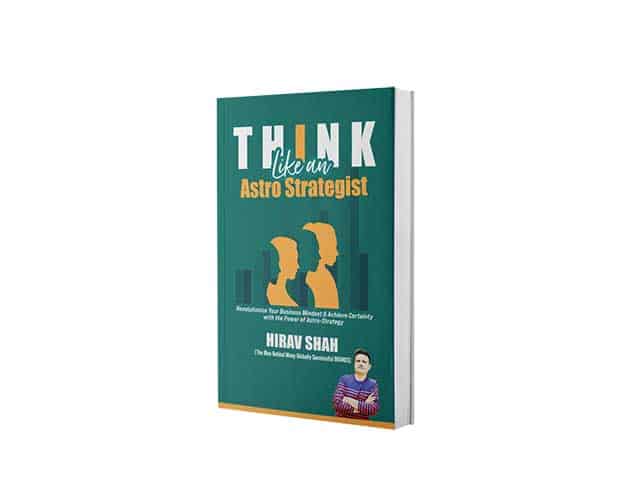In a market flooded with visuals and noise, a logo isn’t just about aesthetics—it’s your brand’s first impression, emotional handshake, and silent communicator. In this educational guide, Business Strategist Hirav Shah reveals why most logos fall short, and how a blend of clarity, design, emotion, and timing can turn a logo into a true growth asset.
But let’s bring this closer to home.
You’ve got a logo. It’s on your website, business cards, product packaging, and maybe even on a billboard. But here’s the question:
Is it actually working for your business?
A logo is more than just a graphic mark. It’s the first visual handshake your brand makes with the world. And as Business Strategist Hirav Shah emphasizes, if your logo isn’t aligned with your business energy, strategy, and timing—it might be doing more harm than good.
To truly understand whether your logo is effective, we need to go beyond design and aesthetics. A powerful logo cannot exist in isolation—it must be rooted in a deep understanding of what your business stands for, how your brand is perceived, and how all these elements are visually and emotionally expressed.
Let’s now take a step back and explore the fundamentals: What is a business? What is branding? What truly defines a logo? And how do these concepts come together to create a magnetic and meaningful brand identity?
Table of Contents
What Is Business?
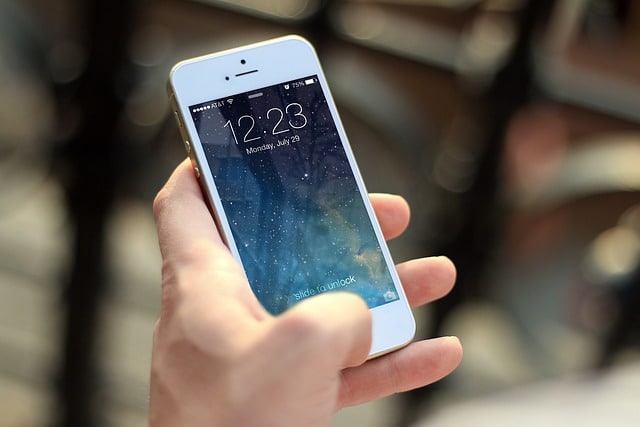
Business is not just about products or profits—it’s a living, breathing ecosystem. It’s about solving real problems for real people and building meaningful value in return.
“Business is not just about what you sell. It’s about what you stand for and who you serve.” — Hirav Shah
When you think about Apple, you don’t just think of devices—you think of innovation, design, and simplicity. That’s what real business impact looks like.
What Is Branding?

Branding isn’t your logo. It isn’t your color palette. Branding is the perception people carry in their hearts and minds when they think of your business. It’s an emotion. It’s trust. It’s a memory.
“A brand is a promise. And every interaction is either strengthening or breaking that promise.” — Hirav Shah
Why does everyone recognize the swoosh of Nike? Because Nike didn’t just brand a product. They branded a mindset—Just Do It.
What Is a Logo?

A logo is the symbol that triggers your brand memory. It is shorthand for everything your business represents. A good logo speaks volumes. A bad one can mute your message entirely.
“Your logo is not art. It’s energy. And it must resonate.” — Hirav Shah
What Is a Business Logo?

A business logo is your company’s visual signature. It reflects your values, communicates your vision, and leaves an imprint on the minds of those who interact with it.
Think of FedEx. The hidden arrow between E and X isn’t just clever—it communicates speed, direction, and precision.
Marriott Bonvoy’s logo is sleek and modern—designed to appeal to aspirational travelers and luxury seekers.
If your logo doesn’t reflect who you are becoming—it might be holding you back.
What Is a Brand Strategy?
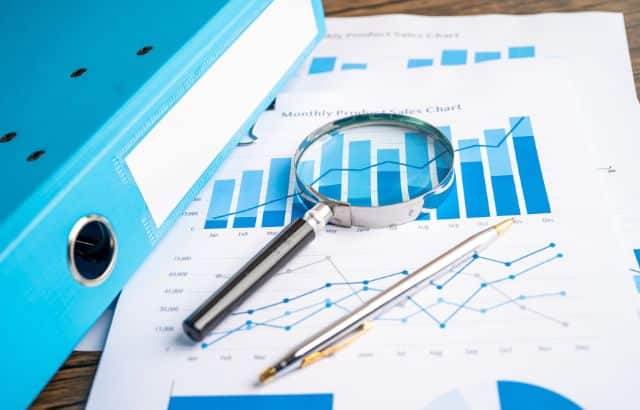
Brand strategy is the master plan behind how your business will be perceived over time. It influences everything—your logo, your messaging, your tone, and even the timing of your launches.
A logo designed without brand strategy is like a ship sailing without a compass.
“Clarity in branding creates consistency in business growth.” — Hirav Shah
The Science of First Impressions: Why Logos Matter in 3 Seconds
You only get one chance to make a first impression—and your logo is often that chance.
Studies show it takes only 50 milliseconds for users to form an impression about a brand visually. In a world where attention spans are shrinking, your logo must instantly convey trust, clarity, and relevance.
“In the first 3 seconds, your logo decides whether someone leans in—or walks away.” — Hirav Shah
Think of how you feel when you see the Apple logo, the Nike swoosh, or the golden arches of McDonald’s. That feeling? That’s branding in action, sparked in seconds.
Types of Logos (with Examples)
- Wordmark – Full business name in stylized font (e.g., Google, Coca-Cola)
- Lettermark – Initials of the business (e.g., IBM, HBO)
- Brandmark – Symbol or icon (e.g., Apple, Twitter)
- Combination Mark – Word + icon together (e.g., Adidas, Puma)
- Emblem – Text inside a symbol or badge (e.g., Starbucks, Harley-Davidson)
Tip: Startups often choose combination marks because they offer clarity and memorability together.
Major Factors to Consider While Creating a Logo

- Why: What do you want your audience to feel when they see your logo?
- How: Will it scale well across media? Is it readable and unique?
- What: Is it truly a reflection of your strategy and brand energy?
“The most dangerous logo is the one that looks good but says nothing.” — Hirav Shah
Importance of Text in a Logo
Typography is voice, even in silence. The font, the case, the spacing—it all speaks.
- Capital letters convey strength
- Serif fonts imply tradition; sans-serif conveys modernity
- Too much text can overwhelm; too little may confuse
“When your words are limited to one glance, make every letter count.” — Hirav Shah
Importance of Colours in a Logo
Color is emotion. It bypasses logic and goes straight to the heart.
Powerful Colors:
- Blue = Trust and intelligence
- Purple = Luxury and wisdom
- Yellow = Joy and innovation
- White = Purity and clarity
- Orange = Energy and enthusiasm
Colors to Avoid (Unless Intentional):
- Black (can feel heavy)
- Red (can signal danger or aggression)
- Grey (neutral but lacks warmth)
“Your brand doesn’t need to speak louder—it needs to feel deeper.” — Hirav Shah
Importance of Using Shape in a Logo
Shapes speak in symbols. They influence psychology.
Favourable Shapes:
- Arrow = Movement and purpose
- Leaf = Growth and freshness
- Star = Aspiration and recognition
- Hand = Help and collaboration
Avoid overly geometric, closed shapes like circles or squares unless they align with your brand’s intention.
“Shape can either contain your energy—or set it free.” — Hirav Shah
Importance of Emotion in a Logo
Emotion creates connection. Without it, your logo becomes forgettable.
“People don’t buy brands—they buy how brands make them feel.” — Hirav Shah
Think of Airbnb’s logo: a simple symbol of belonging. It’s not about real estate—it’s about home.
How to Make a Logo Work
- Start with your brand strategy
- Use the right colour, text, and shape
- Align with your long-term positioning
- Test how it feels—not just how it looks
- Launch or relaunch it at the right time using Astro Strategy
“When your logo aligns with your timing and truth, it becomes magnetic.” — Hirav Shah
Do You Want Guidelines to Make Your Logo More Impactful?
Let’s simplify it:
Guidelines for Text:
- Capitalize the first letter of each word
- Avoid lowercase styles unless purposefully minimal
- Maintain balance and spacing
Guidelines for Colours:
- Use high-energy, strategic colours (Blue, Yellow, White, Purple, Orange, Golden)
- Avoid black, grey, brown, and red unless justified
Guidelines for Shapes:
- Choose open, forward-moving shapes
- Avoid boxed-in, aggressive, or limiting structures
Guidelines for Emotion:
- Ask: Does your logo make someone feel something?
- Aim for clarity, energy, or aspiration—not confusion
“Your logo is not just for visibility—it’s for vibrancy.” — Hirav Shah
What Is Rebranding?
Rebranding is not just changing your look—it’s re-aligning your identity.
“Rebranding is not repainting the house. It’s rediscovering its foundation.” — Hirav Shah
Whether you’re entering a new phase or correcting a misalignment, rebranding is a powerful decision.
When Should You Rebrand?
- When your market has evolved but your brand hasn’t
- After a merger or major pivot
- If there’s confusion or mismatch in perception
- When you’re targeting a new audience
- If your current identity feels outdated
“Don’t wait until you’re invisible to rethink your visibility.” — Hirav Shah
Case Study: FedEx vs. a Generic Courier Startup
FedEx’s logo includes a hidden arrow between the E and X—a subtle yet powerful signal of speed, direction, and delivery. It tells a story.
Now imagine a startup courier company with a cluttered, unmemorable logo in red and black, lacking visual clarity or identity. One inspires trust, the other fades away.
“A great logo doesn’t just say what you do—it shows how you think.” — Hirav Shah
Brand Longevity and Logo Timelessness
Some of the world’s most successful logos have barely changed in decades. Think Coca-Cola, BMW, or Louis Vuitton. The consistency builds trust, recognition, and legacy.
Compare that with brands that rebrand too often without clarity. It confuses customers and dilutes the brand.
“Your logo should grow with your business—not change with every trend.” — Hirav Shah
What to Avoid During Rebranding
Rebranding can be powerful—but only if done with intention. Avoid:
- Reacting out of fear or pressure
- Copying competitors
- Rebranding during crisis without clarity
- Crowdsourcing without validation
“Never rebrand from a place of panic. Rebrand from a place of purpose.” — Hirav Shah
Mini Checklist: Is Your Logo Future-Ready?
Before you launch or relaunch your logo, ask yourself:
- ✅ Is it readable in all sizes and formats?
- ✅ Does it evoke the right emotional response?
- ✅ Is it aligned with your future goals and audience?
- ✅ Will it still make sense 5 years from now?
- ✅ Was its launch or change strategically timed?
“If your logo can’t carry your future, it’s not ready for your present.” — Hirav Shah
Final Note: Your Logo Is a Silent Leader
Your logo isn’t just a design. It’s your business in a single frame. It travels faster than your sales pitch and lingers longer than your social media posts. In the world of business, where attention is currency, your logo must carry your credibility.
“Your logo can become your loudest brand ambassador—if it’s rooted in clarity, strategy, and timing.” — Hirav Shah
If you’re unsure whether your current logo reflects your next level of growth, don’t guess—validate. Because the right logo doesn’t just attract attention—it attracts alignment.
Considering a rebrand or a logo refresh? Get your logo reviewed through strategic and astro-aligned lenses before your next launch
Frequently Asked Questions (FAQs)

Q: Is it okay to design my logo myself using free tools?
A: You can start there, but it’s always better to get expert validation to ensure your logo aligns with your brand strategy.
Q: How do I know if it’s time to change my logo?
A: If your business has evolved, your audience has shifted, or your logo feels outdated—it might be time to consider a refresh.
Q: Can the wrong logo affect my business?
A: Absolutely. A poorly designed or misaligned logo can confuse your audience, weaken your brand image, and limit your growth.
Q: What makes a logo timeless?
A: Simplicity, relevance, and alignment with brand values are key. Timeless logos remain effective across decades and trends.
Q: Why is timing important when launching a logo?
A: Launching at the right time can amplify your logo’s impact. Strategic timing ensures you’re not just seen—but remembered.
About the Writer
This article is authored by Hirav Shah, a globally respected Business Strategist, founder of the world’s first Business Decision Validation Hub and author of 18 strategy books. His 6+3+2 framework and Astro Strategy approach have helped brands, startups, and leaders find clarity, timing, and momentum across industries.

